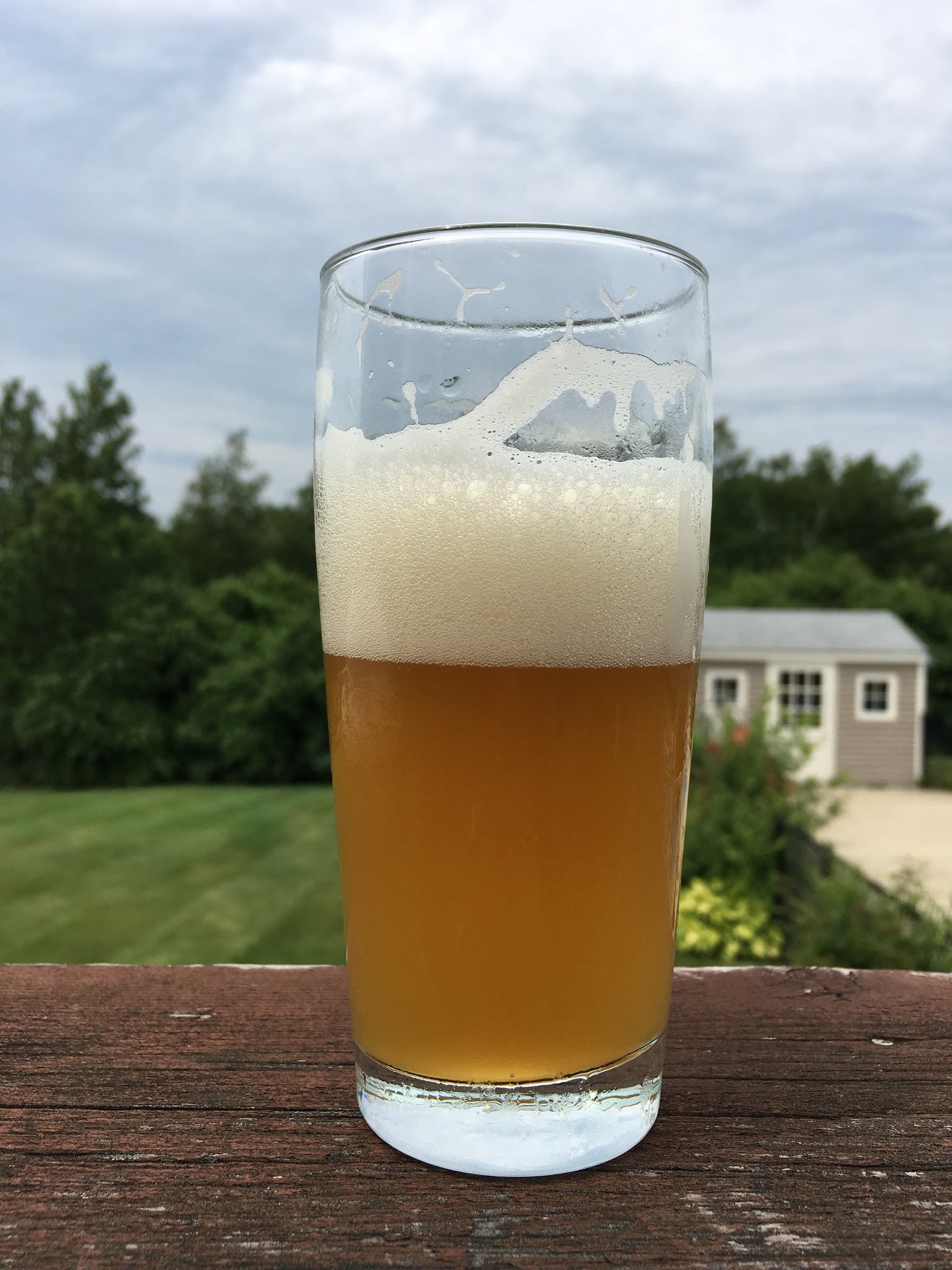So this may warrant a very RDWHAHB response for a first post, but I've got a couple questions here. About a week and a half ago I brewed a 3.5 gallon batch and am finishing putting together my kegging setup this afternoon. Aiming to get the beer in the keg via closed transfer in the next couple days and hopefully have it ready to serve by next weekend. It's my third all grain batch so I'm definitely a beginner, but I used distilled and treated it, fermented under temperature control, and in general was more careful this time than my first attempts, so so far I think it's on track to be good.
I used the following hop schedule:
60 min: .25 oz Warrior
5 min: .5 oz Columbus
Flameout/Hop steep for 20 min: 2 oz Citra, 1 oz Amarillo
Dry hop at high krausen: 2 oz Citra, 1 oz Amarillo
So, 1 - do I have enough hops in there yet? Ideally it'd be in the Zombie Dust/Fort Point Pale Ale ballpark rather than "DDH" ballpark.
2 - if not, am I more at risk of oxidation opening the lid to dry hop more now, or in keg hopping (which would make it so I can't water/starsan purge the keg before transfer)? Fwiw it's in a 5 gallon big mouth bubbler so there's nearly 2 gallons of headspace right now - I'm assuming this makes opening the lid a little/lot worse than it would be if I were full.
3 - Do I need to cold crash at some point and am I better off doing that now or when it's in the keg?
Last thing, I'm going to have to open the lid anyways at some point to set up the closed transfer, as I just got the dual port lid in the mail yesterday. I figure that's less of a big deal if I'm transferring right after the exchange, rather than today when it'd be sitting in the fermenter for at least another 48 hours after.
.






















![Craft A Brew - Safale S-04 Dry Yeast - Fermentis - English Ale Dry Yeast - For English and American Ales and Hard Apple Ciders - Ingredients for Home Brewing - Beer Making Supplies - [1 Pack]](https://m.media-amazon.com/images/I/41fVGNh6JfL._SL500_.jpg)



































